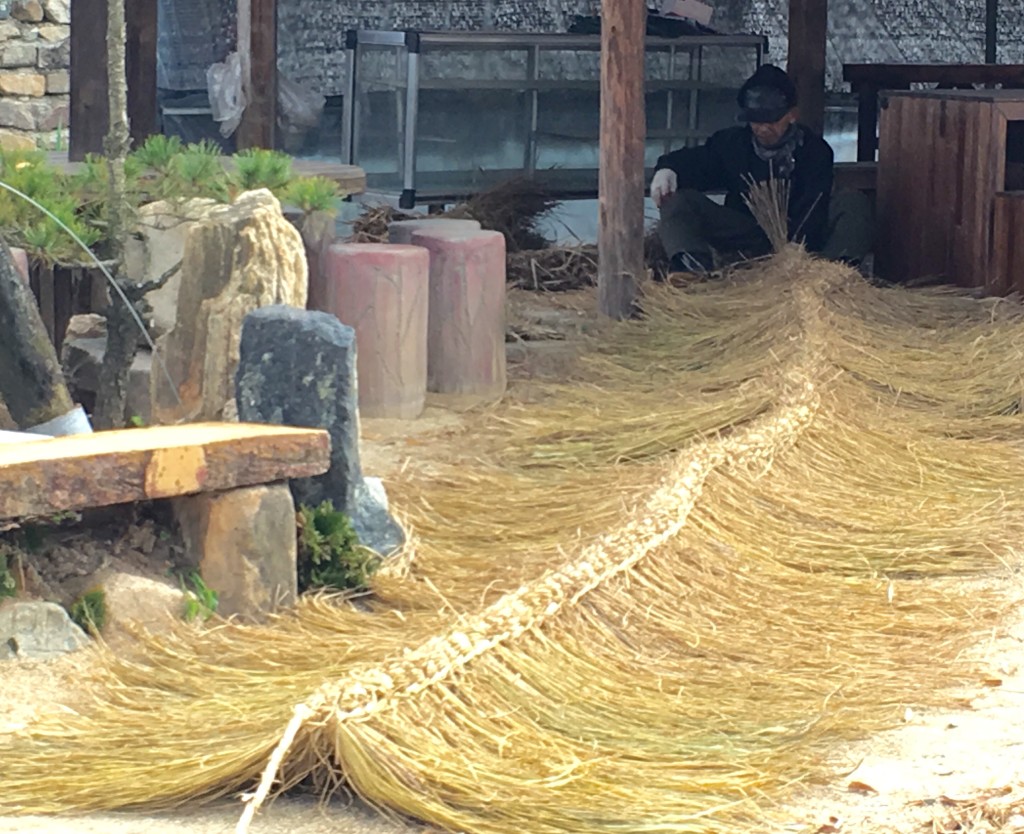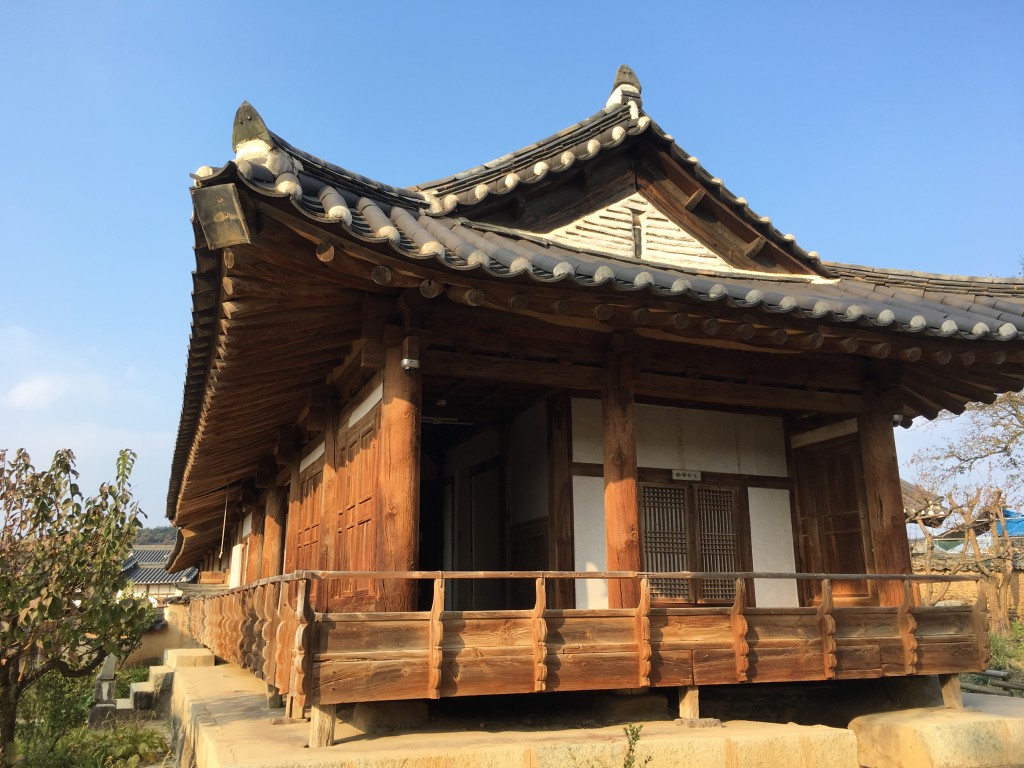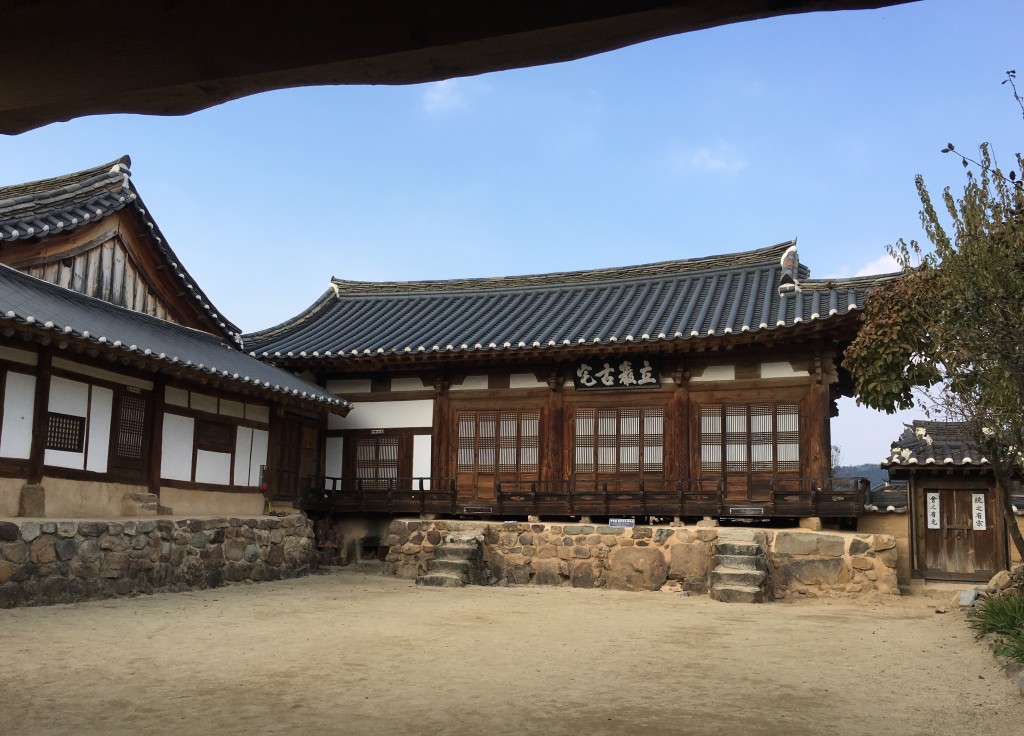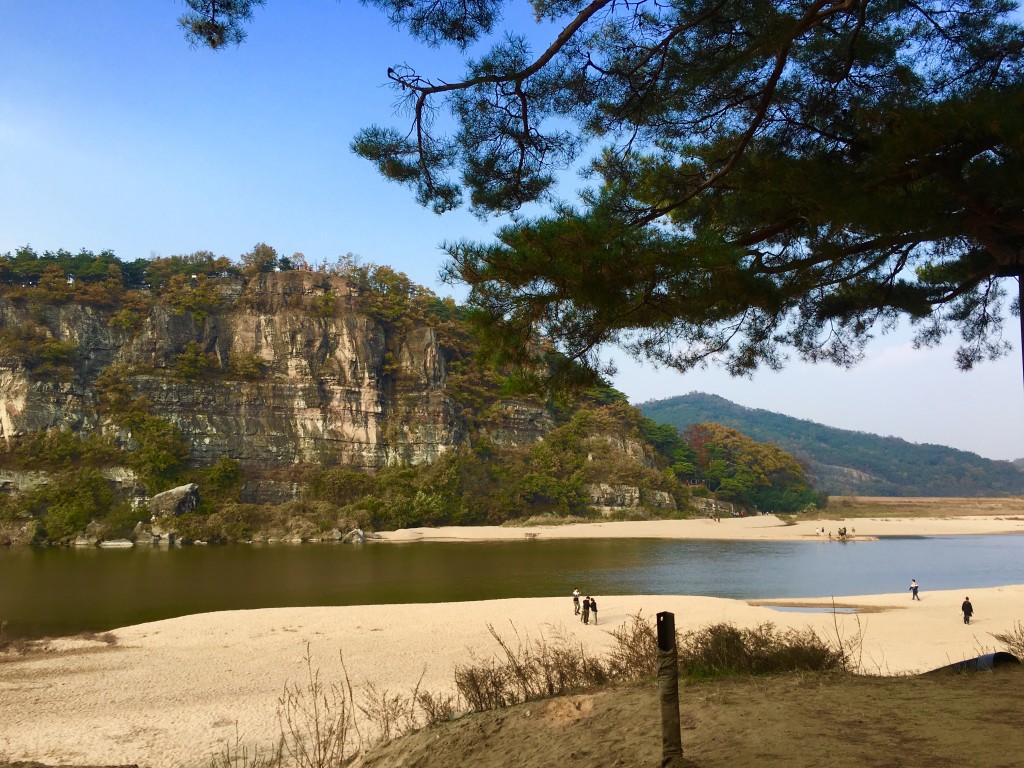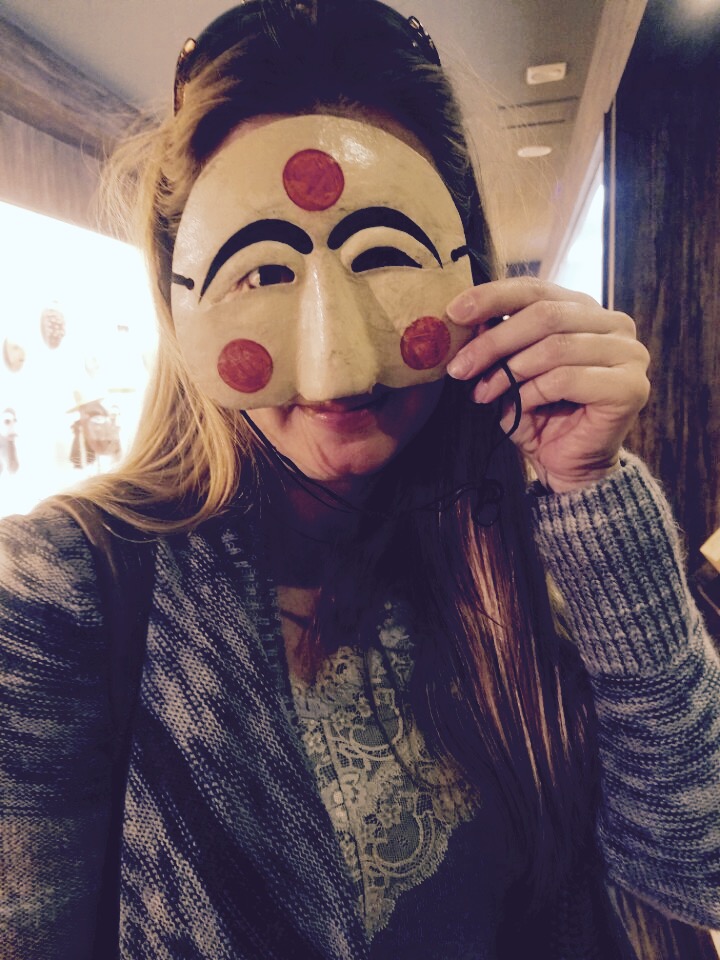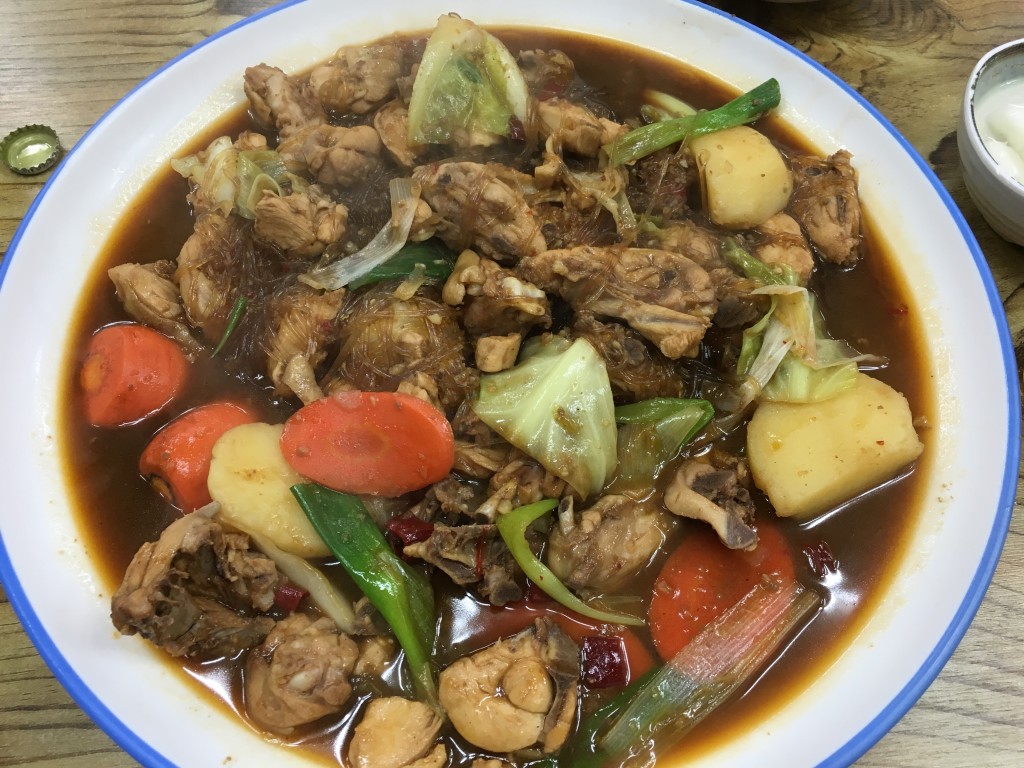There are a number of traditional walled villages in Korea where you can glimpse centuries old hanok homes; however, Hahoe Village in Andong is one of the most authentic. It’s also only one of two in the country that boasts UNESCO World Heritage status. It’s so historic that when Queen Elizabeth visited Korea in 1999, it was the only location outside of Seoul she toured. I choose to go there as it was a very doable day trip from Daegu, where I’m currently living.
For me, one of the most special aspects about Hahoe is its isolation from any city. Nestled in quiet, countryside plain land and surrounded by Hwasan Mountain, it’s a glorious forty minutes by bus from Andong. The downside is that the journey from Daegu involves two buses and a total journey time of around 2.5hours, so my day trip there turned out to be a little longer than I had anticipated, but totally worth it!
Stroll through the winding streets of HAHOE
Dotted throughout the still working village, where 250 people live, are a mixture of tile-roofed and straw thatched houses, the oldest dating back to the 16th century. During our trip, we came across an old man crouched on the packed dirt weaving a replacement roof by hand. Nearby was a stack of bound straw ready to be transformed. With the absence of cars and two story buildings, it really is like stepping back in time to a bygone era.
There are several key landmarks worth a look including a small relics museum near the Chunghyo Residence with artifacts from the Ryu family, the primary residents during the Joseon Dynasty. The Yangjin Residence nearby is one of the grandeur historic homes that you can step inside. And not to miss is the 600 year old zelkova tree located at the center of the village. There are several suggested walking routes provided in the tourist map, but my travelling companion and I just wandered aimlessly through the winding streets, as I always find this the best way to explore. Luckily on the Autumn afternoon we visited, it was a a mild sunny day, making a stroll very delightful.
Capture a Bird’s Eye View from Buyongdae Cliff
To the right hand side of the village you can wander through lush ancient pine trees before being deposited out onto a sandy beachfront. Here you can board a rickety ferry to the grey outcrop of cliffs on the opposite side of the Nakdong River. It is leisurely 15 minute hike to the summit of Buyongdae Cliff where you can take in panoramic views of the village and see clearly how it gets its name which translated means ‘Village Enveloped by Water.’ Highly recommended to venture here right before sunset. Afterwards, you can go back the way you came, or do as my travelling companion and I did, and ignore the ‘No Entry’ signs and traverse through the forest following a steep, overgrown trail straight down. Quicker and more adventurous.
Explore the Mask Museum
Andong is known for its annual Mask Dance Festival held every Autumn, so a look into the mask museum was a must. Located back near the main ticket office, the bottom floor displays a large collection of Korean masks with descriptions in English of the symbolism behind each and the dances they are used in. The remaining collection covers masks from all over the world including Africa, Polynesia, China, and even Native Americans. There are even a few you can try on! A definite must. I only wish we had saved more time to explore this gem. It looked like there was a place to make your own mask too!
Devour some Jjimdak
Whilst Andong offers a number of delectable local delicacies, I had my heart set on trying the region’s signature dish – Jjimdak. Jjimdak is basically a stew of slowly cooked chicken thighs, potatoes, carrots, green onions, cabbage, glass noddles all swimming in a delicately balanced rich soy and oyster sauce that was sweetened with rice syrup and brown sugar. There are a few tented restaurants near the Mask Museum where you can try this dish, but we decided to eat in town. I choose an establishment called Jonggajjimdak from Trip Advisor and we took a taxi there from the bus terminal (15,000W return). It is located in a covered market alley just for Jjimdak. My traveling companion and I order the medium sized portion with medium spice and it was HUGE! More than plenty for two. Even though neither of us had really eaten all day and we had been walking around a lot, we still couldn’t finish the portion served to us. Arguably the most mouthwatering meal I have had in Korea. The perfect end to day a trip from Daegu and one of my favourite day trips in South Korea so far!


